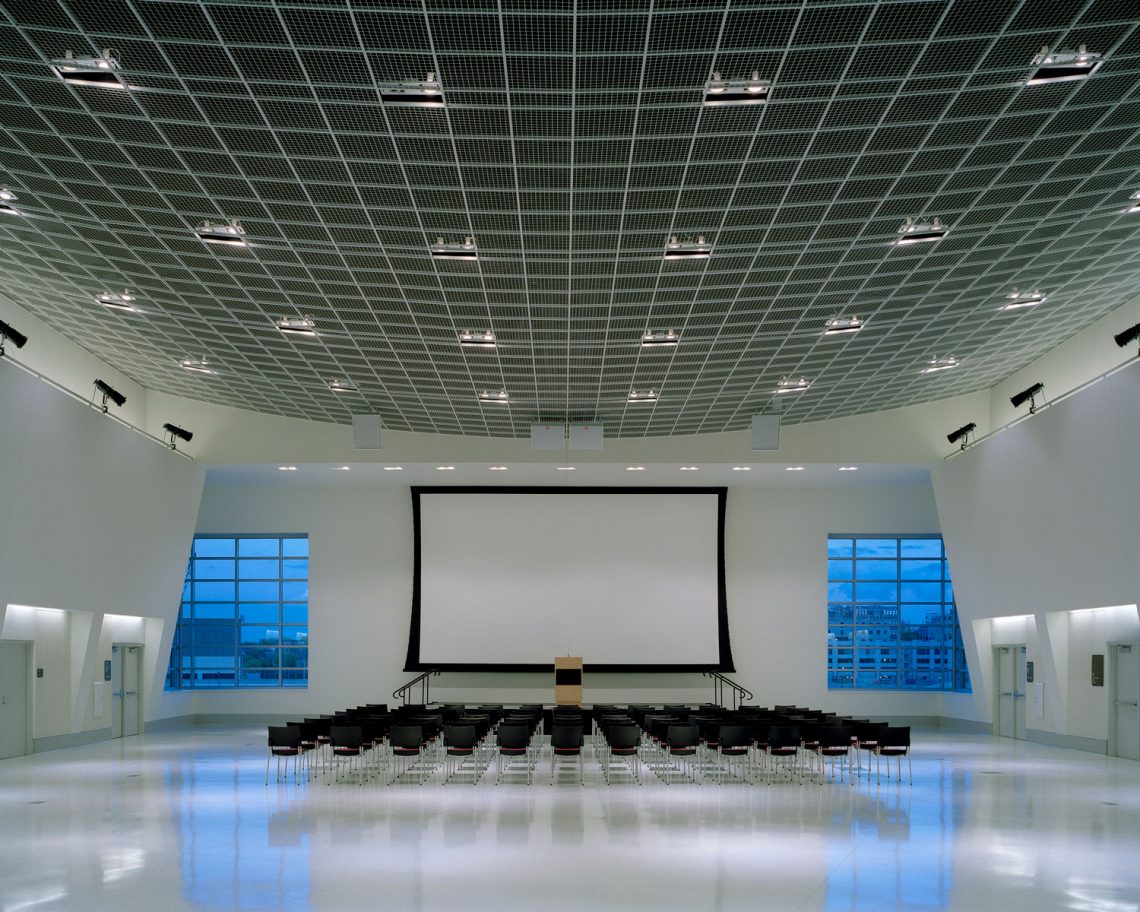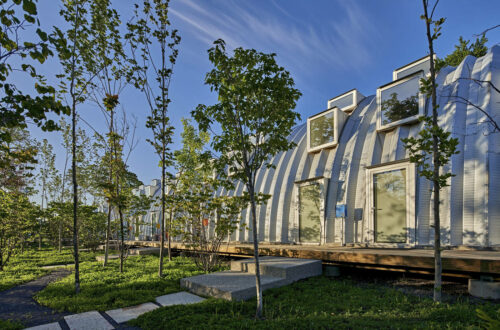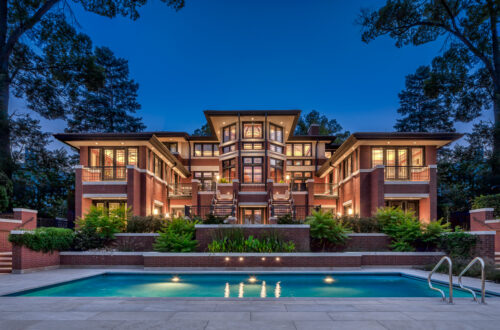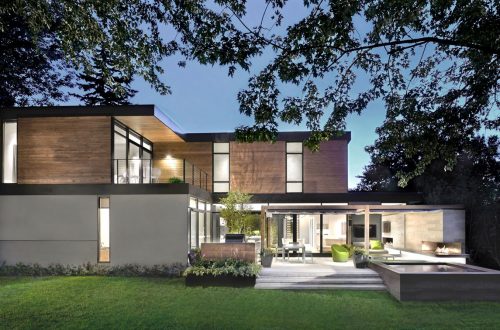Photography has been an important tool in documenting the human experience since early experiments in the heliograph and daguerreotype captivated both innovator and subject alike nearly two centuries ago. It is an art and practice in visual communication; both objective and subjective in recording the cultural, social, and natural world.
It is a craft that is arguably one of the most significant inventions since the printing press, with genres and artistic styles that run the gamut from objective photo-journalism and montage portraiture to abstract landscapes and naturalistic architecture.
Great Lakes By Design Magazine spoke with some of the photographers in the region to learn more about their work, inspiration, and design process.
Brad Feinknopf | Feinknopf Photography
Columbus, Ohio
Brad Feinknopf is a highly experienced, long-time photographer based out of Columbus, Ohio. Upon earning a degree from Cornell University in New York and falling in love with photography, Feinknopf assisted legendary photographers such as Richard Avedon and Joyce Tenneson, before relocating to Ohio.
Since then, Feinknopf has established Feinknopf Photography as an internationally recognized studio specializing in architectural, interior, and commercial photography. Throughout the years, Feinknopf has been involved in designing shoots ranging from hallowed university halls and arenas to luxury residential properties and premium automobiles—informed by a storytelling perspective.
Great Lakes By Design: Tell me a little more about the work that you do.
Feinknopf: To answer that, I’ll share my story. My father and grandfather were architects and my degree in design seemed like a good lead-in to architecture for grad school. However, my junior year at Cornell, a great number of good friends encouraged me to take a photography class. That spring semester I took one and fell in love with it. After that, I moved to New York City since I wasn’t ready for my own studio or graduate school. I was very fortunate to work for Richard Avedon right after college and I did a lot of fashion photography.
I didn’t want to keep dealing with living in Manhattan and didn’t get into the graduate programs I wanted, so I came back to Columbus with my family. I assisted another photographer and worked my way through corporate architecture. Over time, with the internet and everything else, my reputation started preceding itself. Now, 90 percent of what I do is architectural photography. I have to say, I feel very fortunate.
What are some of the things you consider when shooting architecture?
Feinknopf: [In the late 1980s and early 1990s] a lot of photographers at the time were jack-of-all-trades. People had to shoot whatever came through the door. There was no internet; there weren’t a lot of specialists like most people are now. I think knowing the language of architecture is critical. It’s uncanny when you look at some of the top architectural photographers and see how many of them have degrees in architecture.
It also hasn’t been easy being based in Ohio competing for work with people based in [places like] New York City. It’s interesting, because only 20 percent of my work is actually in the state of Ohio. Every week I’m hopping on a plane to go somewhere.
How do you see design in your work? In photography?
Feinknopf: Having a good understanding of design lets you articulate someone else’s design. You need to know the terminology. If they say: ‘the curtain wall is really important here;’ it helps to know what a curtain wall is.
I also teach architectural photography at Columbus College of Art and Design. It is as much about learning the poetics of architecture—the more you know and the more you shoot, the better you’ll be at it.
How is your view of a subject unique?
Feinknopf: I think with my background with my father and grandfather both being architects, along with my education in design, I know the language of architecture. That’s not necessarily common.
I consider myself much more of a storyteller, so when I meet with a client I ask things like, ‘what were some challenges with doing your project,’ or ‘what were some things you had to overcome?’ I’m not just taking pictures of buildings, but more trying to interpret architecture.
What has been one of your favorite subjects and why?
Feinknopf: There are signature projects you work on where you walk away from them with some portfolio images, but at this point and time in my career, I’m as much interested—if not more so—in the relationships with people you work with. I have so many wonderful clients that do good work, but also appreciate what I do. I’m allowed to do what I do best to interpret what they do best—and sometimes help them walk away with images that win them awards.
Do any other photographers influence your work? Designers?
Feinknopf: Nick [Merrick’s] a great guy and we’ve become good friends. I took a workshop with him about 15 years ago. It was at that point that I felt my work had plateaued and he helped me see my work a little differently than before.
Rafael Viñoly—the first project I shot of his, the Pittsburgh convention center—he falls into the realm of the ‘starchitect’ or star architect. Working with him and the subsequent 25 projects of his gave me a [higher] level of credibility and a lot of seminal opportunity; and one would be foolish to not recognize Iwan Baan’s impact on the world of architectural photography.
I’m not necessarily trying to emulate [other photographers], but I’m always thrilled by the shots I walk away with that some other well-respected photographers missed.
Has your eclectic collection of subjects informed your work with architecture? If so, how?
Feinknopf: It’s funny—if I go to a bookstore, I’m more likely to be looking at architecture books than photography books, which wasn’t always the case. I suppose there could be a sort of cross-pollination, but I’ve gotten to the point where architectural photography is all I want to do. That’s almost terrible.
I mean, there has been a real change in architectural photography, and Iwan Baan is somewhat responsible for it. If you go back 15 years ago, most architectural photographs were taken without any people, but architects started asking themselves: ‘why do we build these buildings? For people!’
I’m certainly not doing portraiture, but I’m trying to capture in the right time, in the right season, and with people who are well-composed all at the same time. There are a lot of pieces to the puzzle there. It’s more complex and complexity has its beauty.
Text: R. Collins, Tyler Fleser, R.J. Weick
Vist Feinkopf.com to find out more






